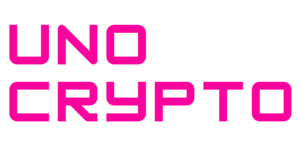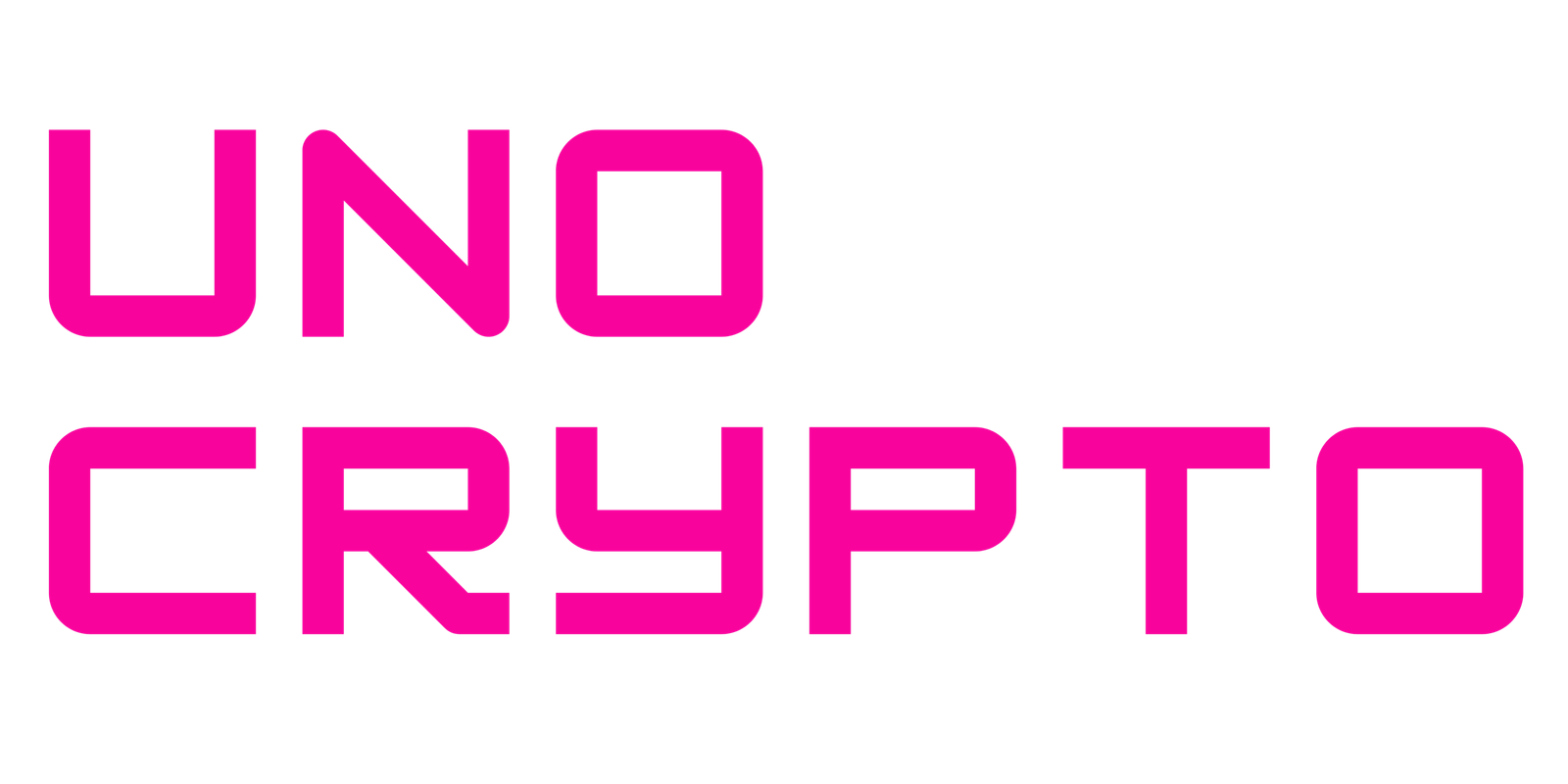Tether CEO Paolo Ardoino announced plans to open-source its Bitcoin Mining Operating System (MOS), aiming to democratize access to mining technology.
By making MOS publicly available, new Bitcoin mining companies—regardless of size—can enter the market and compete fairly without relying on third-party hosted software.
Tether’s MOS Aims to Narrow Gap Between Big and Small Bitcoin Miners
The move is expected to level the playing field, reducing the advantage currently held by large, publicly listed mining firms.
Open-sourcing MOS will empower smaller miners with robust, transparent software, fostering increased competition and innovation.
Ultimately, this initiative seeks to enhance Bitcoin network security by encouraging broader participation and decentralization in mining operations.
In his X post, Paolo Ardoino said, “The Mining OS is extremely scalable, resilient and modular, built with a peer-to-peer IoT architecture at its core.”
He adds, “It can scale from a Raspberry PI connected to a bunch of miners to full-site deployments with multiple redundant mainframes monitoring hundreds of thousands of miners.”
Also Read: Tether Invests In Chilean Exchange Orionx To Boost Cross-Border Payments
Tether’s MOS Supports Diverse Mining Hardware and Cooling Setups
Tether’s Mining Operating System (MOS) comes equipped with plugins that support a wide range of popular mining machines and vendors, as well as various cooling solutions like air-cooled and immersion setups.
Additionally, MOS integrates with numerous electrical devices, including thermostats and other equipment essential for efficient mining operations.
The system is designed with flexibility in mind, allowing developers to create custom plugins tailored to specific hardware needs. This open architecture encourages community contributions, enabling developers to enhance the core codebase with new functionalities.
By fostering collaboration and adaptability, MOS aims to provide a comprehensive, user-friendly platform that meets diverse mining requirements and promotes ongoing innovation within the Bitcoin mining ecosystem.
Also Read: Tether Tops Germany With $120B In U.S. Treasury Bills, Becomes 19th Largest Holder
Tether CEO Plans MOS Integration with QVAC for Advanced AI-Powered Mining Analytics
Tether’s CEO envisions integrating the company’s Mining Operating System (MOS) with QVAC, Tether’s AI-powered analytics platform, to create advanced reporting tools.
This integration aims to enhance mining production and performance by leveraging custom AI algorithms that analyze the vast datasets generated by MOS.
These intelligent tools will enable miners to optimize operations based on real-time data insights, improving efficiency and profitability.
Additionally, the CEO highlighted that many small and mid-sized businesses, especially those producing their own electricity through solar or other renewable sources, will increasingly use their excess power for Bitcoin mining.
MOS is designed to simplify this process, making it easier for these businesses to enter the mining space. By providing user-friendly management tools and data-driven insights, MOS supports a wider range of miners, promoting decentralization and sustainability in the Bitcoin mining ecosystem.
Also Read: Tether Launches Native USD₮ On Kaia Blockchain In Partnership With LINE NEXT


